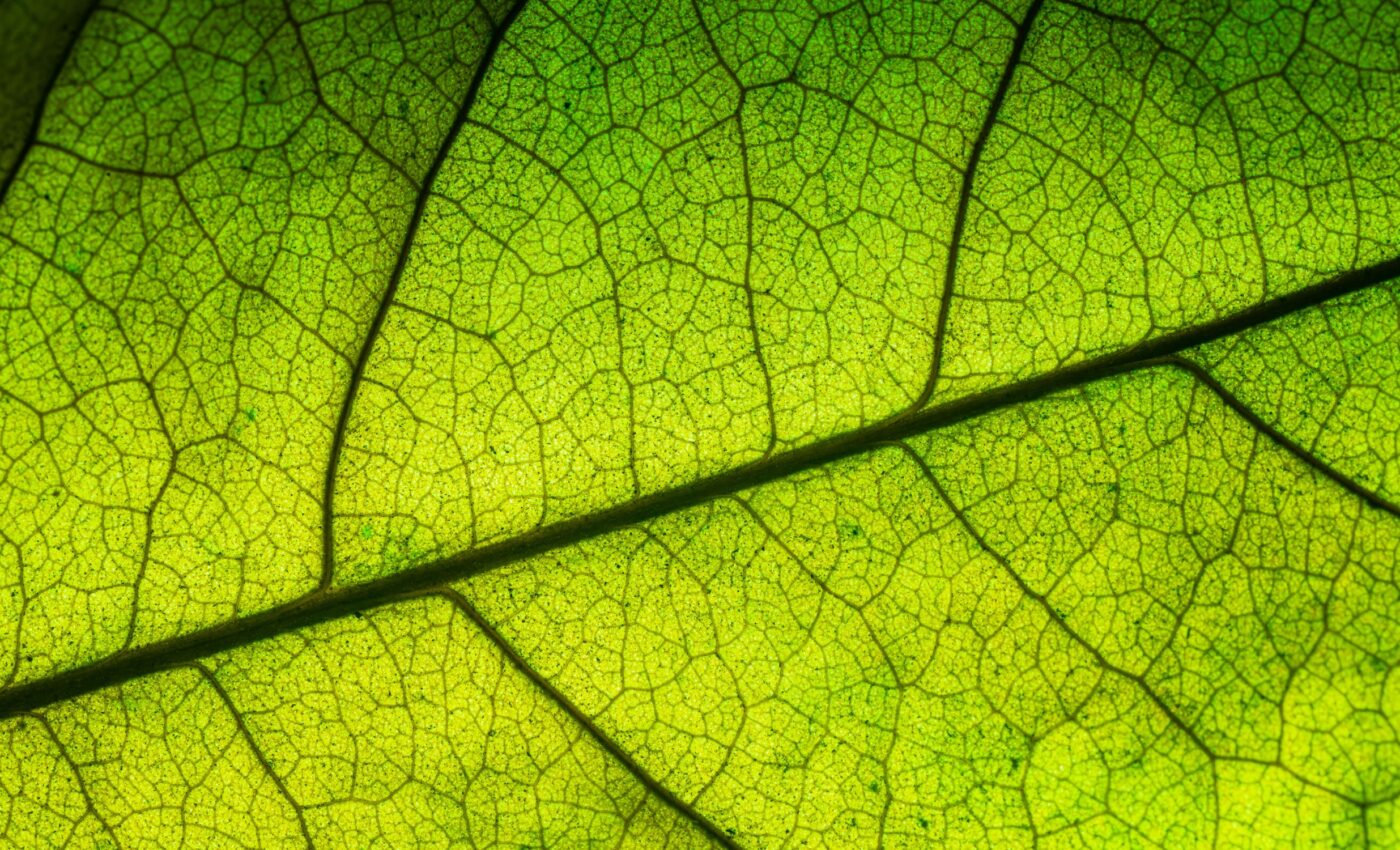
Plants had complex leaf vein networks 200 million years ago
Researchers from the University of Vienna recently discovered that complex leaf vein networks, a feature prevalent in modern flowering plants, actually originated much earlier than previously believed.
The research, published in the journal New Phytologist, highlights the fossilized plant Furcula granulifer. This seed fern, from the Late Triassic period around 201 million years ago, exhibited advanced venation patterns.
Rediscovery of a triassic plant revolutionizes understanding
The team, led by palaeobotanists Mario Coiro and Leyla Seyfullah, utilized novel methods and concepts to re-examine historical collections at the University of Vienna.
Subsequently, they collaborated with colleagues from the Swedish Museum of Natural History in Stockholm and the Hebrew University in Jerusalem.
Mario Coiro explains the significance of their findings, saying, “Within old collections, using new techniques, we identified a plant that displayed a unique set of leaf characteristics, akin to those of flowering plants, but without their evolutionary success.”
Consequently, this plant, Furcula granulifer, once thought to be an early flowering plant, belongs instead to the now-extinct group of seed ferns
“The fossil leaves of Furcula granulifer show a net-like hierarchical veining typical of most plants today. This discovery indicates that such efficient photosynthetic structures have evolved multiple times throughout Earth’s history,” adds Leyla Seyfullah.
Significance of leaf vein networks
The presence of intricate leaf veins in plants is crucial for efficient photosynthesis and carbon dioxide fixation.
Consequently, flowering plants, or angiosperms, which dominate today’s ecosystems, evolved this feature between 145 and 66 million years ago during the Cretaceous period.
This development significantly contributed to the diversification and success of other life forms, including mammals, insects, and birds.
The study suggests that Furcula granulifer exhibited similar venation patterns to angiosperms. However, it had less vein density, which limited its photosynthetic efficiency compared to later flowering plants.
The team employed a combination of traditional microscopy and cutting-edge Confocal Laser Scanning Microscopy to analyze both old and newly collected material. They concluded that Furcula‘s similarities to angiosperms are a result of convergent evolution.
Understanding evolutionary failures
The research further identifies that Furcula granulifer and its relatives represent an evolutionary dead end. They went extinct during the Jurassic period without achieving the diversity seen in angiosperms.
Another group, the Gigantopteridales, also represents a similar failed evolutionary attempt during the Permian period.
“These natural experiments offer us a window into understanding the real reasons behind the success of flowering plants, which likely stems from the evolution of multiple traits rather than a single key innovation,” Seyfullah explains.
How modern science discovered ancient leaf vein networks
In summary, this research led by palaeontologists from the University of Vienna has transformed our understanding of leaf evolution.
By combining traditional and novel methods, they have unraveled a century-old mystery, revealing that the net-like leaf veining characteristic of modern flowering plants evolved much earlier than previously thought in the now-extinct seed fern Furcula granulifer.
This discovery highlights the complexity of plant evolution and the importance of convergent evolution in shaping the world we see today.
The study also identifies failed attempts at efficient leaf design during the Triassic and Permian periods, suggesting that the success of flowering plants lies in the evolution of multiple traits rather than a single key innovation.
As we continue to explore the mysteries of nature’s design, this research serves as a testament to the power of scientific inquiry and the endless wonders waiting to be discovered in the fossil record.
The full study was published in the journal New Phytologist.
—–
Like what you read? Subscribe to our newsletter for engaging articles, exclusive content, and the latest updates.
Check us out on EarthSnap, a free app brought to you by Eric Ralls and Earth.com.
—–













